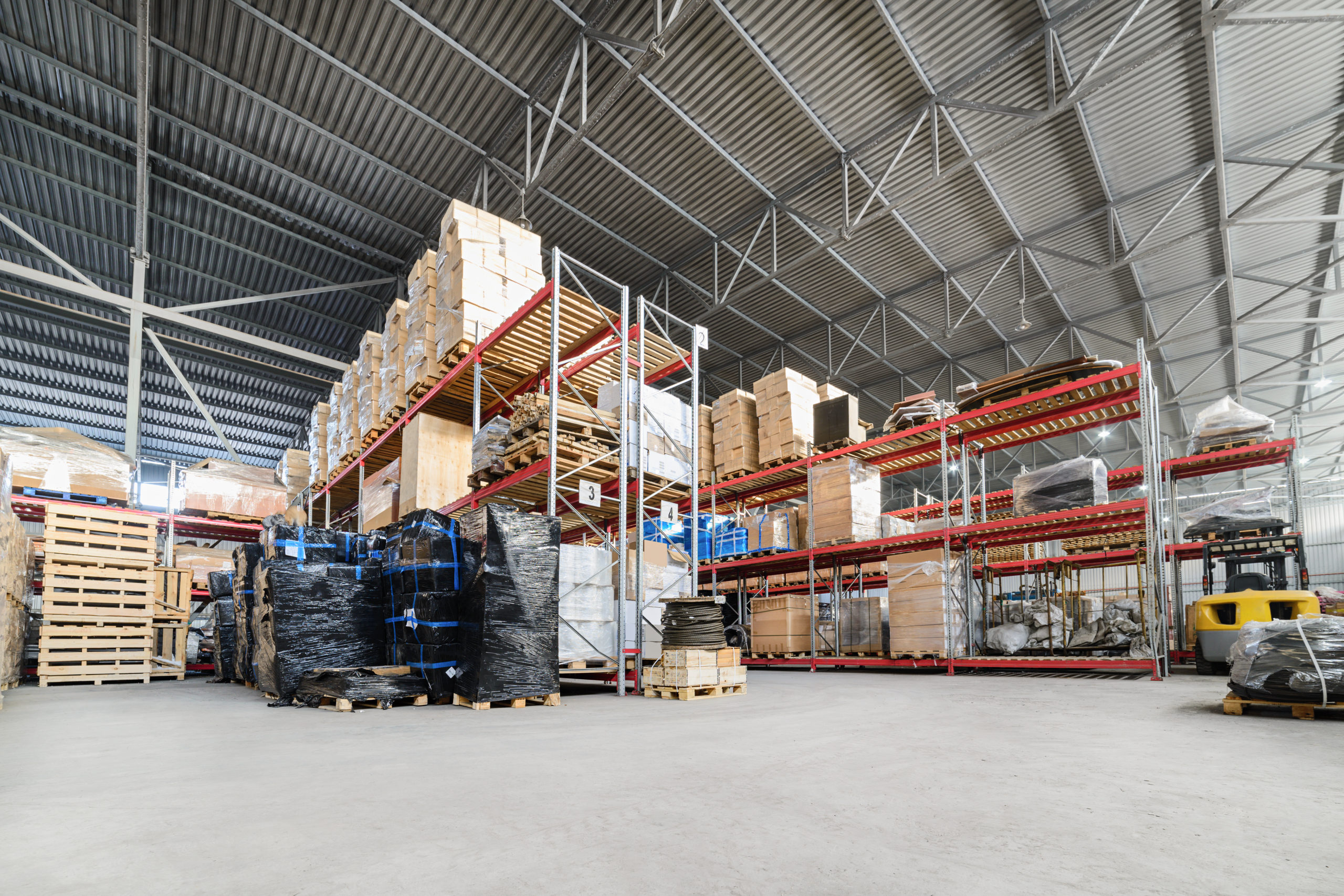Amazon’s Building Boom and How the Industrial Space will be Impacted
After a tumultuous year, commercial real estate’s industrial sector is possibly more important than ever before.
Within this arena, Amazon has succeeded in being one of the main players keeping the network of supply and demand moving throughout the pandemic – and after earning their stripes by persevering in a time of immense disruption, this e-commerce giant is expanding.
Amazon’s 2020 Growth Spurt
Amazon is building new locations all over the country. These new warehouses are targeting the national supply chain’s last-mile locations, effectively bolstering a pivotal area in the delivery model.
This new network of warehouses is expected to include 1,500 distribution centers surrounding major markets. These spaces, called “delivery stations” will be small-scale, each only 200,000 sq. ft. – which is only about one-quarter of the brand’s traditional industrial asset size. The key here is strategic placement around isolation gaps in the last-mile network to alleviate delivery stresses around metropolitan and suburban regions.
Of course, new sites means new jobs. As Amazon builds new last-mile delivery sites, the company is going on a huge hiring spree.
Once completed, Amazon’s web of shipping and delivery will be more efficient than anything the industrial space has seen thus far… even in light of Walmart’s parallel industrial expansion. And, it’s all happening quickly. The first round of delivery stations openings kicked off in September.
Strategies to Meet Today’s Challenges
COVID sparked a boom in e-commerce as stay-at-home became a lasting norm. However, the circumstances in which this increase in online shopping reliance unfolded have created a new set of challenges.
Since the pandemic introduced sudden changes in consumer activity – mainly a full replacement to the physical shopping experience – the need for instant gratification took on a whole new level of intensity.
Consumer patience dwindled even more than the already stringent delivery demands of 2019, where one-day shipping became the standard. Today, same-day shipping is taking the forefront as consumers want the timeliness of the in-person shopping experience to be facilitated by an online system.
Things to Watch
Here’s what CRE should keep an eye out for as Amazon’s expansion plans unfold:
Setting the Trend
We’ve all seen this before – one major retailer makes a giant leap, and all other competitors are forced to live up to the new standards or fall to the wayside. Even the mere announcement of Amazon’s lofty goals is enough to get others thinking along the same lines.
If this momentum starts rolling, CRE may see a substantial investment funneling towards the industrial sector.
More Sophisticated Supply and Demand
A build-up to the last-mile logistic network has been much needed for a while now. Last-mile related pains have been costing distributors big time, and it’s been a persistent topic in the industry conversation.
Once the industrial space dips its toes into revamped last-mile capacities, the effects will be tangible. Increased delivery speed, enhanced accuracy, and more seamless e-commerce fulfillment will become the new normal of domestic warehousing.
What are your thoughts on Amazon’s building boom?


